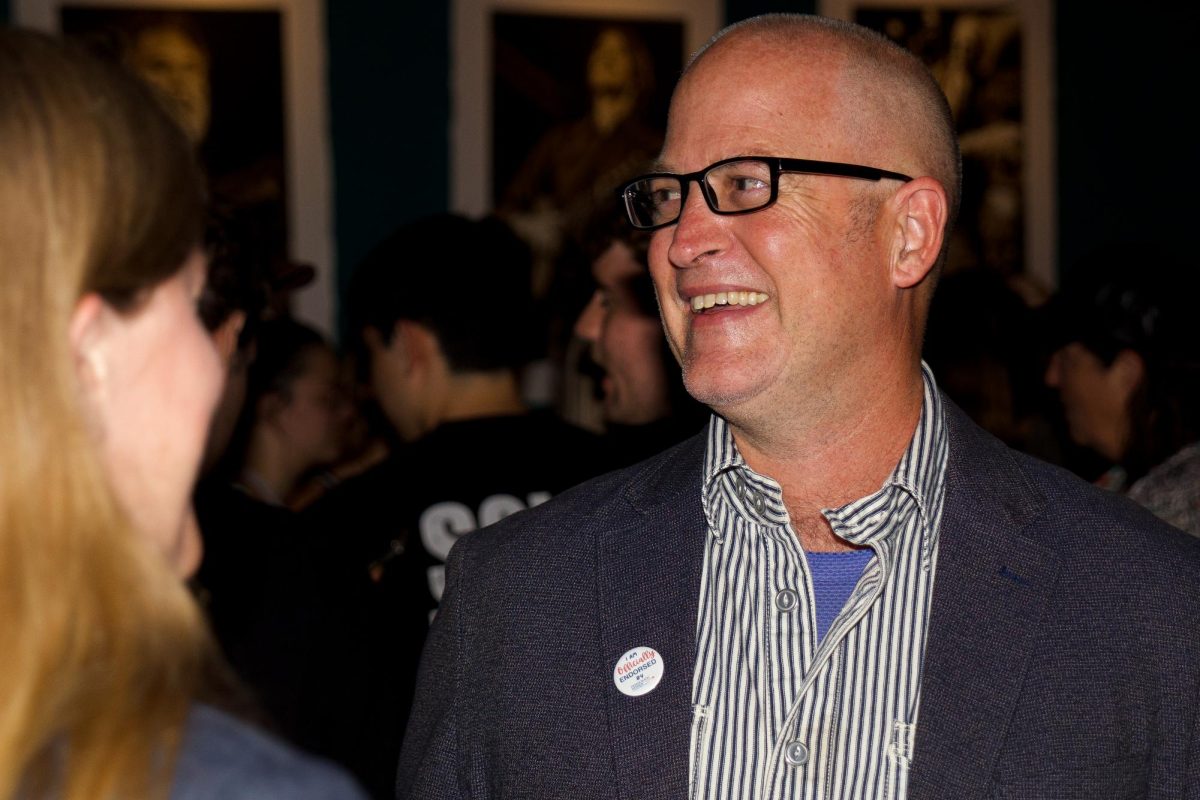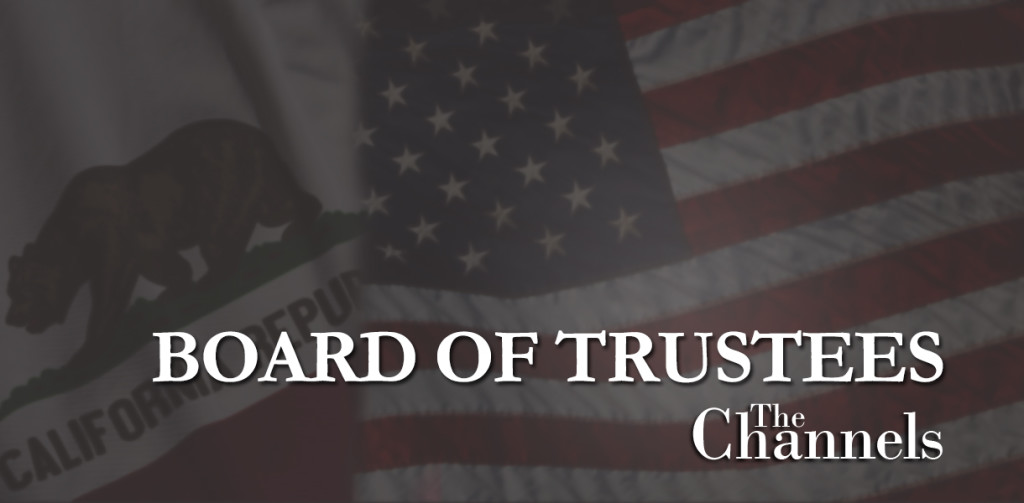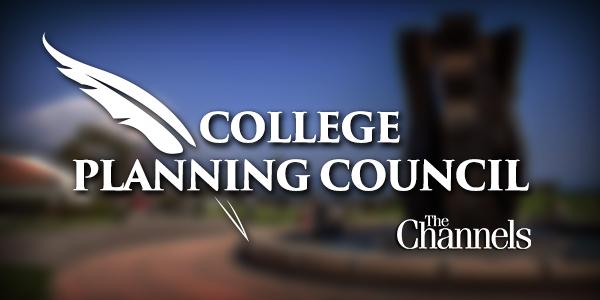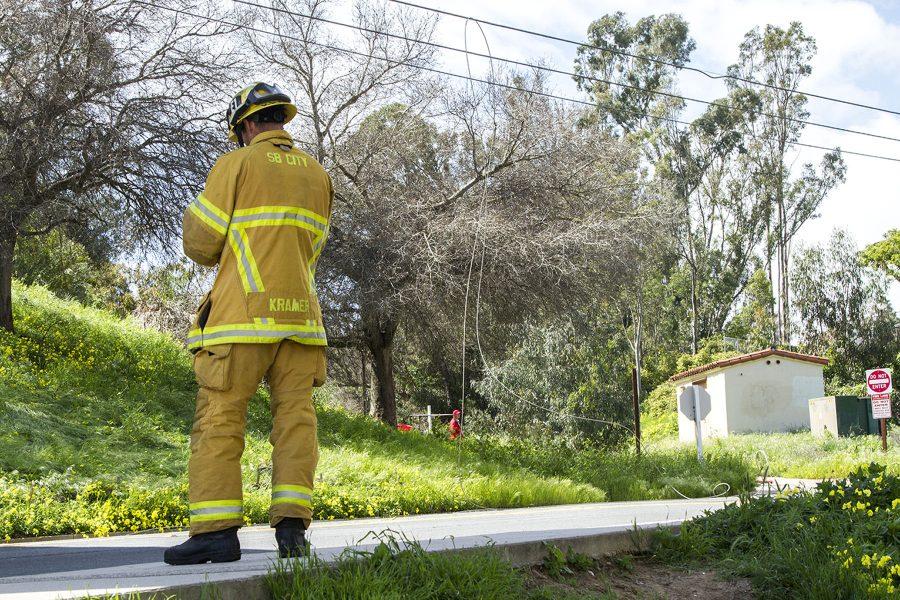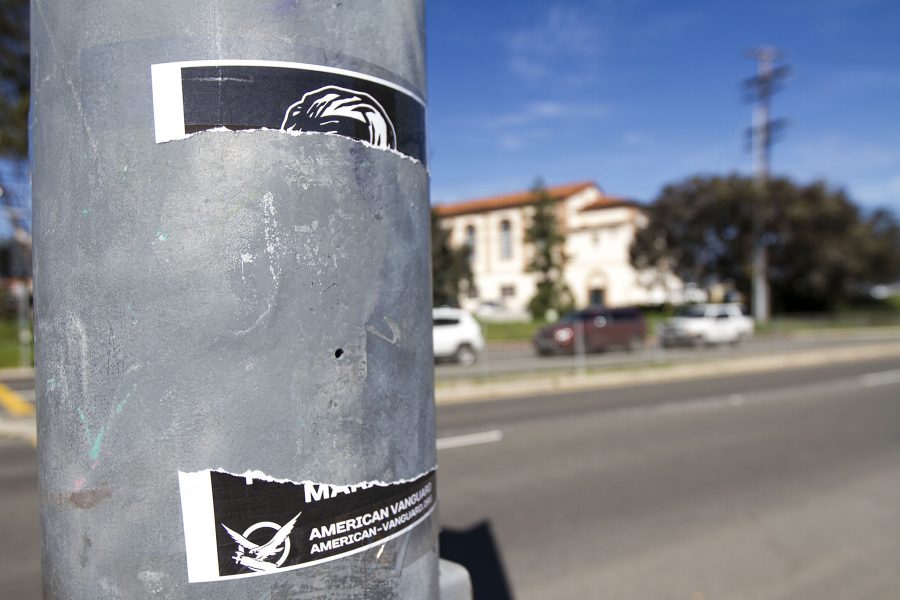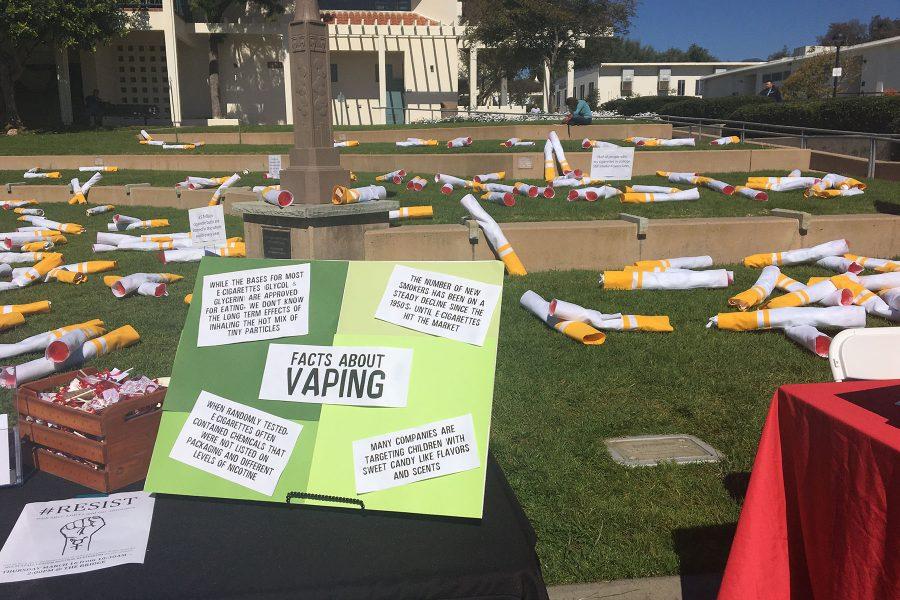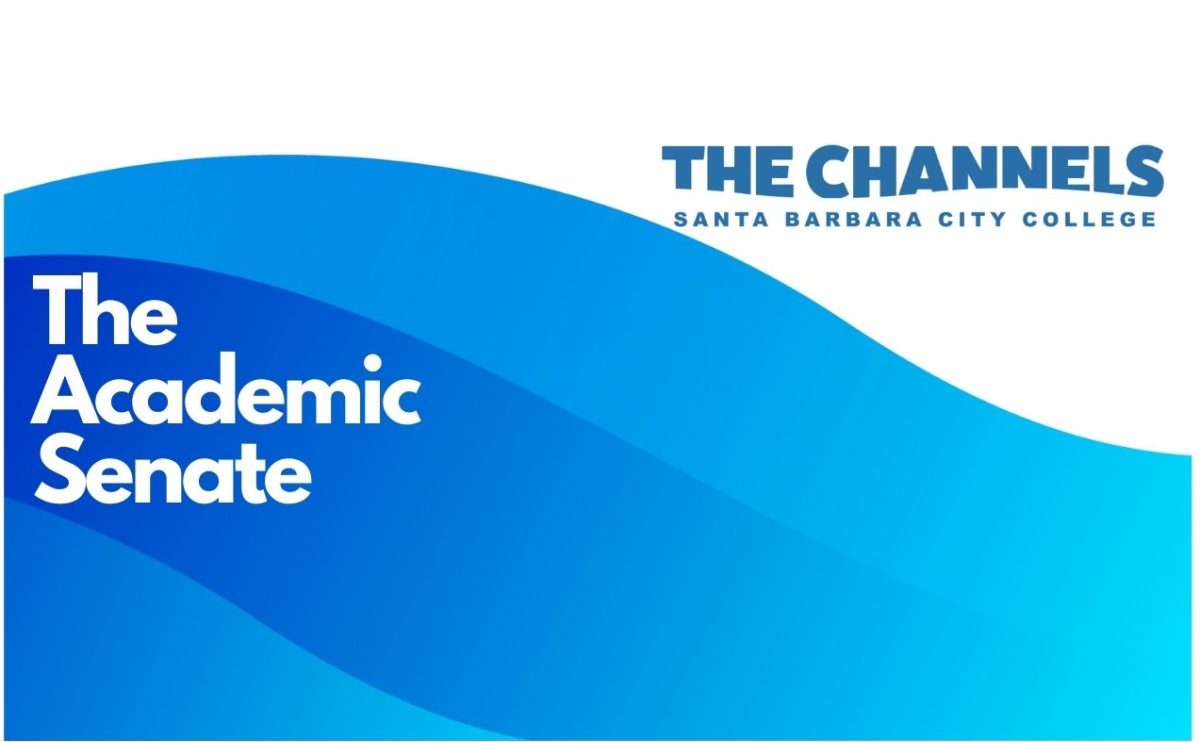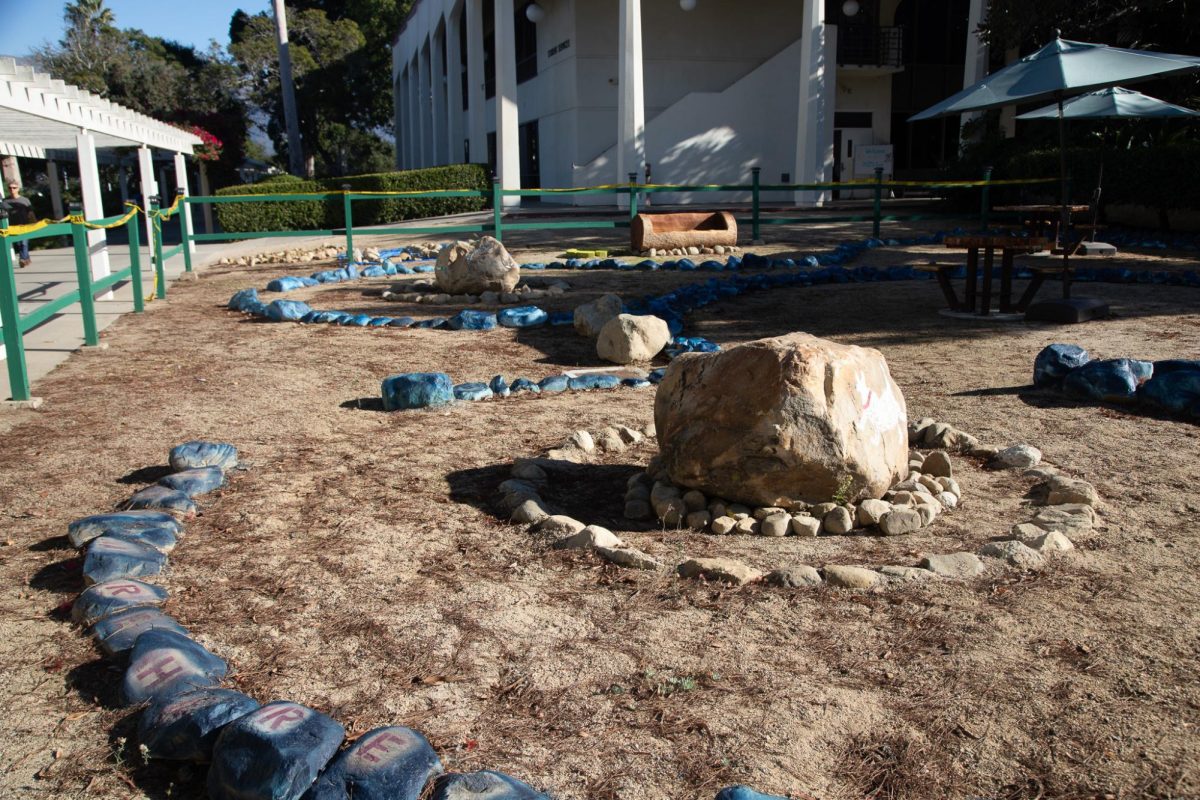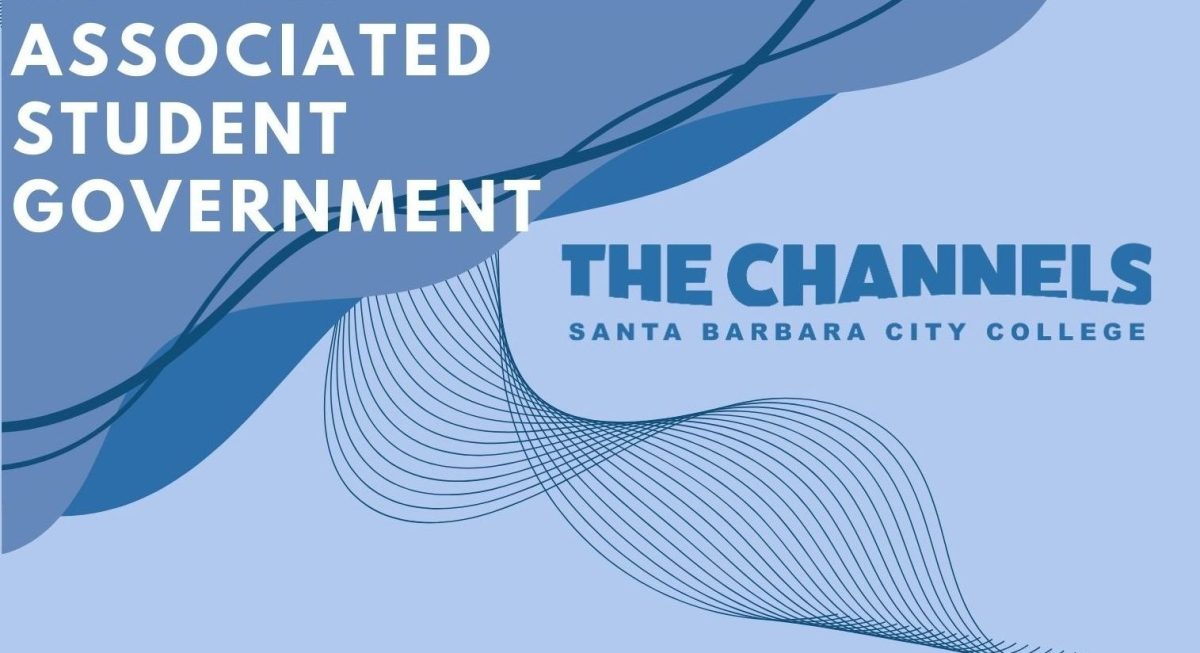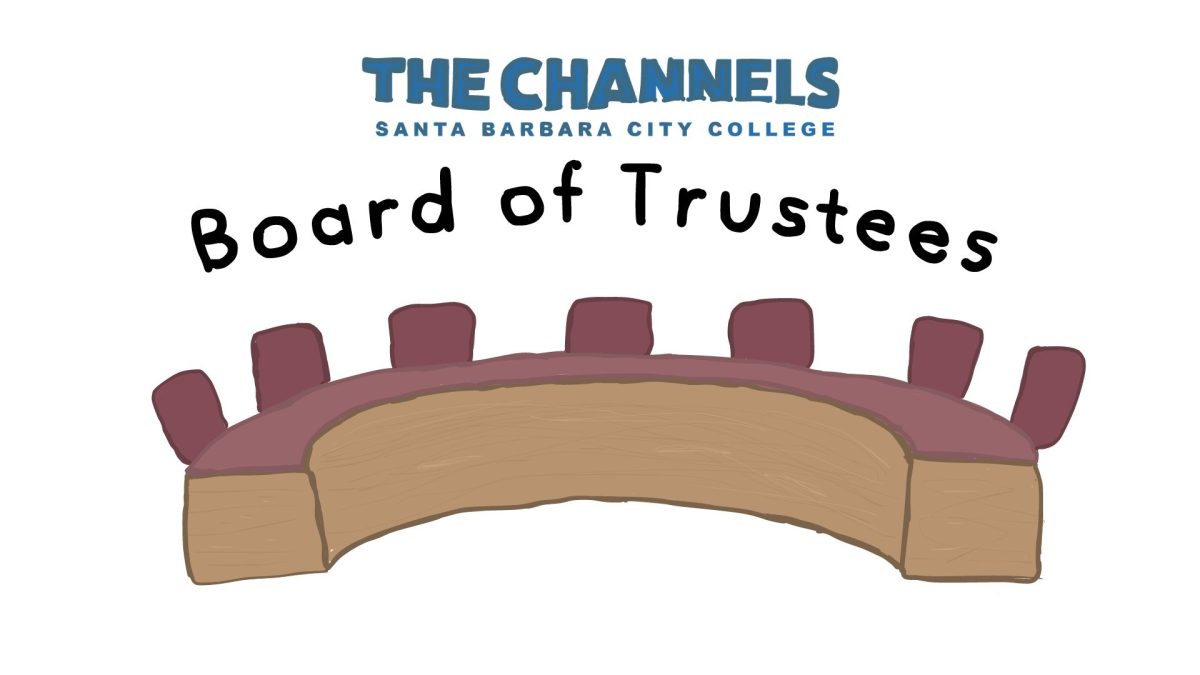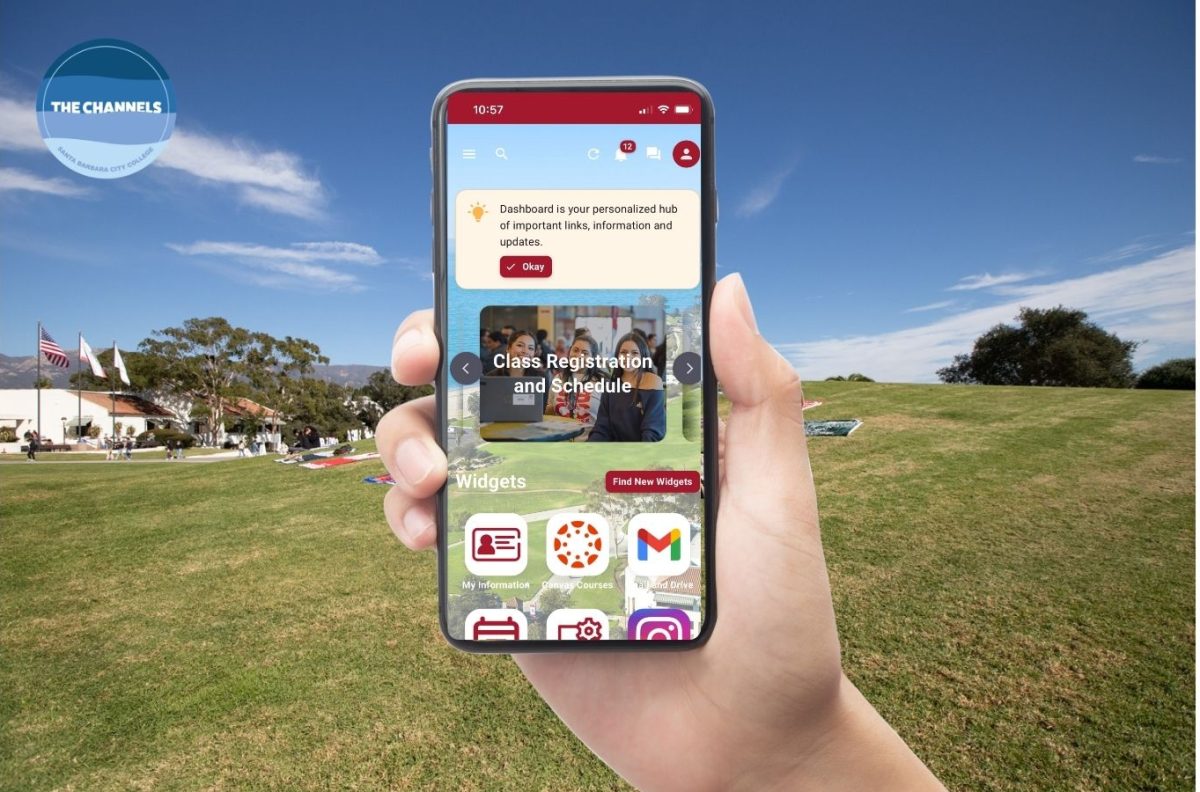A scientist from NanoString Technologies shared her experiences working in her field with City College’s “Nanoscience in Society” class on Friday.
Dr. Lynell Skews provided students in the Physical Science Class 107 with an up to date survey of the advantages that nanoscience has created for scientists and doctors. This was an opportunity for students to hear from someone who is currently working in the field and has years of experience.
The topics she covered included diagnostics, plasmonics and how nanoscience is improving the level of detail that doctors can use when operating on cells.
“That’s the cool thing about the nanoparticle,” said Skews. “You can look at dynamics in real time… and go even deeper and get higher spatial resolution.”
Using nanoscience has greatly improved doctors ability to diagnose a patient’s condition, Skews said, especially in the case with breast cancer.
In the past, diagnosing breast cancer took a long time. Now, scientists can streamline their diagnosis with the breakthroughs that scientists like Skews have been working on. They can determine what is “driving” the cancer much more efficiently.
“We’re finding that there is this subset of women who have breast cancer that is actually driven by testosterone, instead of going through estrogen and progesterone,” Skews said.
For breast cancer patients, this means that a much less harmful hormone therapy may be a solution rather than chemotherapy.
Scientists are now using plasmonics to manipulate the position of cells more effectively than ever before. By using electromagnets, scientists can “line up” cells by acting on their electrons. This allows them to act on specific cells without affecting the surrounding ones. Skews described how important that is when trying to exterminate something within a living human body, such as with a cancerous cell.
The work Skews has contributed to has also made treatment options for patients fighting breast cancer more realistic.
In the past, patients have undergone chemotherapy when it may not have been completely necessary to their recovery. Now using nanoscience, doctors can predict whether a patient will relapse much more accurately and whether chemotherapy would help.
For patients, this means that they can know more about the status of their condition and avoid the notorious side effects of chemotherapy when they’re not absolutely necessary for survival.
Advances like these continue to guide the evolving methods of treating people and are fortunately making life a little bit easier for patients struggling with illness.
Similar advances are being made in fighting many diseases thanks to scientists like Skews who pursue nanoscience as a way of improving treatment and diagnostic methods in medicine.
The “Nanoscience in Society” class meets on Wednesdays and Fridays in the Physical Science Building and educates students on the current advancements in nanoscience and relates it to their lives.


